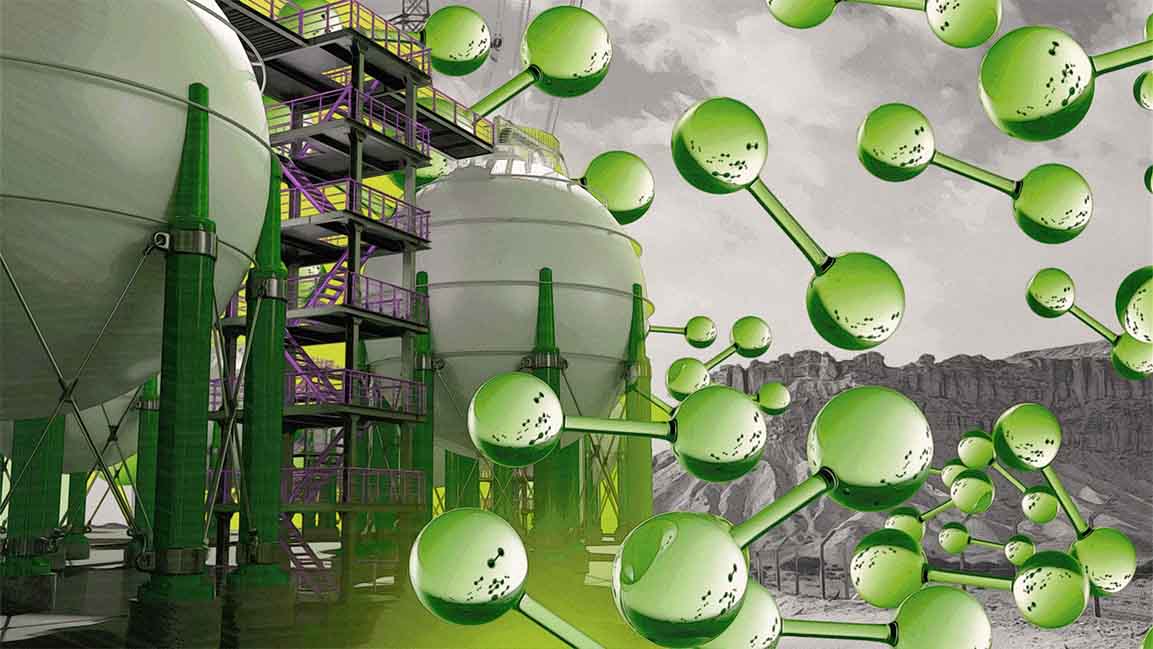- | 1:00 pm
How UAE, Saudi Arabia and Oman are setting sight on big green hydrogen plans
Oman is on track to become the sixth-largest exporter globally and the biggest in the Middle East by the end of the decade.

Now accepting applications for Fast Company Middle East’s Most Innovative Companies. Click here to apply.
In a bid to mitigate the impacts of climate change, UAE, Saudi Arabia, and Oman are investing in climate-friendly fuels such as green hydrogen, according to an AFP report.
The fuel, which currently makes up less than 1% of the total hydrogen production, still needs to be commercially viable and requires boosting of renewable energy sources, a process that could take years.
Saudi Arabia is building the world’s largest green hydrogen plant at NEOM, the kingdom’s futuristic mega-project. The $8.4 billion plant will incorporate solar and wind energy to produce up to 600 tons of green hydrogen by the end of 2026.
In July, UAE approved a revised energy strategy to include hydrogen plans to make it one of the top 10 producers by 2031. The country aims to produce 1.4 million tonnes of hydrogen annually by 2031 and expects the figure to increase tenfold to 15 million by 2050.
Of the total 1.4 million tonnes, the UAE’s clean energy firm Masdar is expected to produce 1 million tonnes of green hydrogen by 2031.
“Hydrogen will be a critical fuel for the energy transition,” said Hanan Balalaa, a senior official at ADNOC, noting it a “natural extension” for the company.
“We believe hydrogen and its carrier fuels have great potential as new, low-carbon fuels that the UAE is well placed to capitalize on,” Balalaa said to AFP.
According to the International Energy Agency in a June report, Oman is on track to become the sixth-largest exporter globally and the biggest in the Middle East by the end of the decade.
Last October, Oman unveiled a strategy to boost investment in green hydrogen to $140 billion by 2050. It allocated land within its special economic zones for green hydrogen and green ammonia production and has been inviting project bids.
The country aims to produce at least 1 million tons of renewable hydrogen annually by 2030. Omani authorities have been awarded a $6.7 billion deal to build the world’s largest hydrogen plant in Duqm, Oman, in a consortium led by South Korean steelmaker Posco Group.
North Africa is poised to be a leading exporter of green hydrogen, with Europe as its main market, according to a report from Deloitte. The green hydrogen is set to “redraw the global energy and resource map as early as 2030, creating a $1.4 trillion-a-year market by 2050,” it said.
The Hydrogen Council, a lobbying group, lists more than a thousand hydrogen projects in the pipeline worldwide. Projects launched before 2030 would require about $320 billion dollars in investment, the Council said.
































